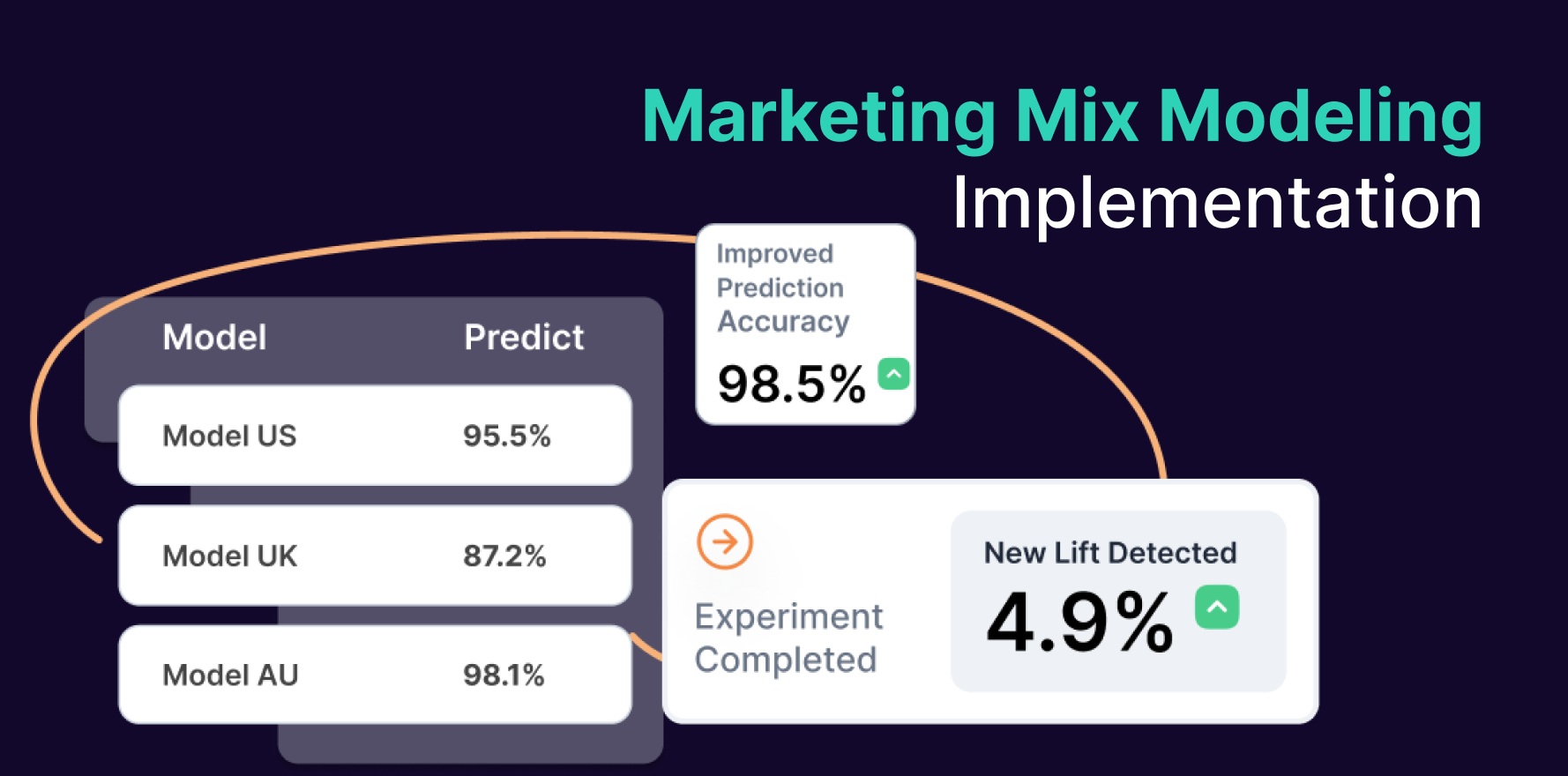What is Pre-Post Analysis?
Pre-Post Analysis is a thorough way of quantifying the impact of changes implemented on an ecommerce website. This analysis helps ecommerce businesses measure the effectiveness of changes they have made, ranging from website design revamps, user experience modifications, different marketing strategies, to product pricing alterations. By evaluating key performance metrics before and after implementing these updates, businesses can identify which changes are worth the investment and which ones need more adjustment.
This analysis follows a systematic procedure of documenting the ‘Pre’ condition of the website and the ‘Post’ condition. It involves tracking various metrics such as site traffic, bounce rate, conversion rate, average order value, and customer lifetime value before and after implementing changes.
Formula
There is no exclusive formula for Pre-Post Analysis. The key is to compare metrics pre and post change.
Example
For instance, if an ecommerce store introduces a new website design aimed at improving user navigation, a Pre-Post Analysis would involve tracking the website’s bounce rate and conversion rate before and after the design changes. If the post-change data shows a lower bounce rate and higher conversion rate, the new design could be considered effective.
Why is Pre-Post Analysis important?
Pre-Post Analysis serves as a strategic assessment tool that enables ecommerce businesses to make informed decisions about website changes. It eliminates guesswork, providing data-backed insights into which changes are conducive to growth and profitability. It also improves customer satisfaction by prioritizing modifications that enhance customer experience and engagement.
Which factors impact Pre-Post Analysis?
Improving Pre-Post Analysis involves setting clear objectives, selecting relevant metrics, using suitable analytics tools, allowing sufficient time for changes to take effect, and consistently monitoring and adjusting based on results.
How can Pre-Post Analysis be improved?
The effectiveness of Pre-Post Analysis is influenced by factors such as the type and scope of changes made, time frame, external market conditions, analytics tool accuracy, and the choice of metrics.
What is Pre-Post Analysis’s relationship with other metrics?
Pre-Post Analysis closely correlates with other ecommerce metrics. For example, changes such as website speed optimization could impact site traffic and bounce rate, pricing changes could affect sales volume, and customer service improvements might influence customer retention and lifetime value.
Free essential resources for success
Discover more from Lifesight






















































